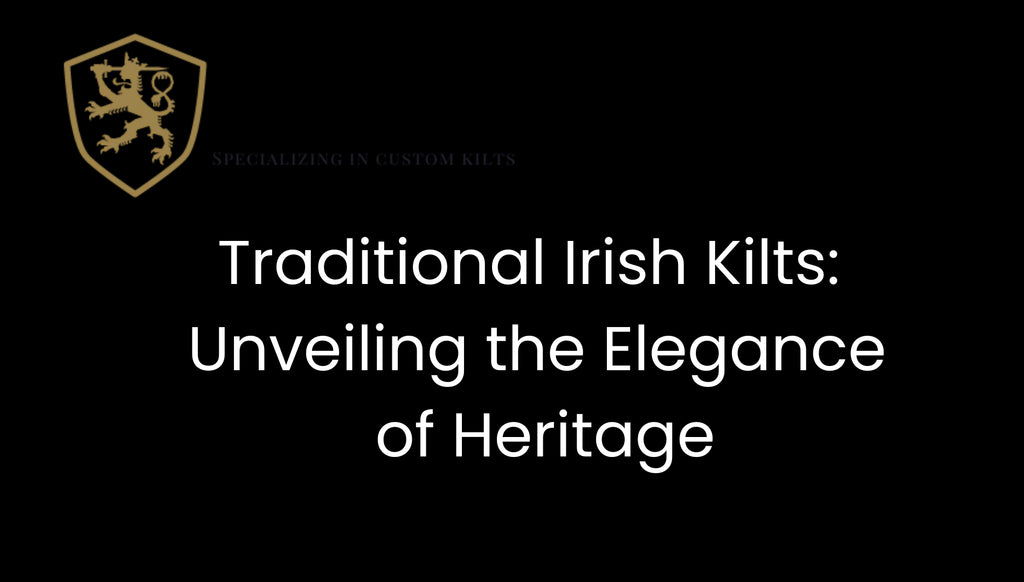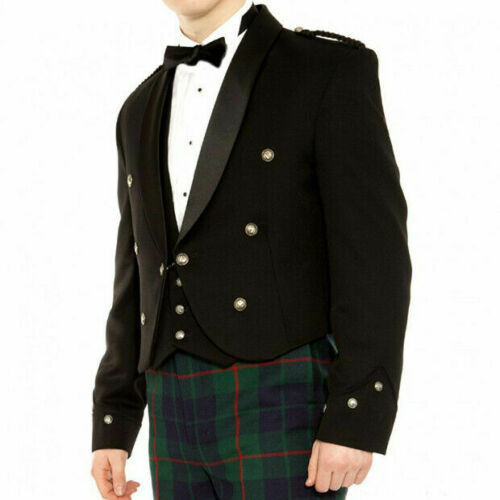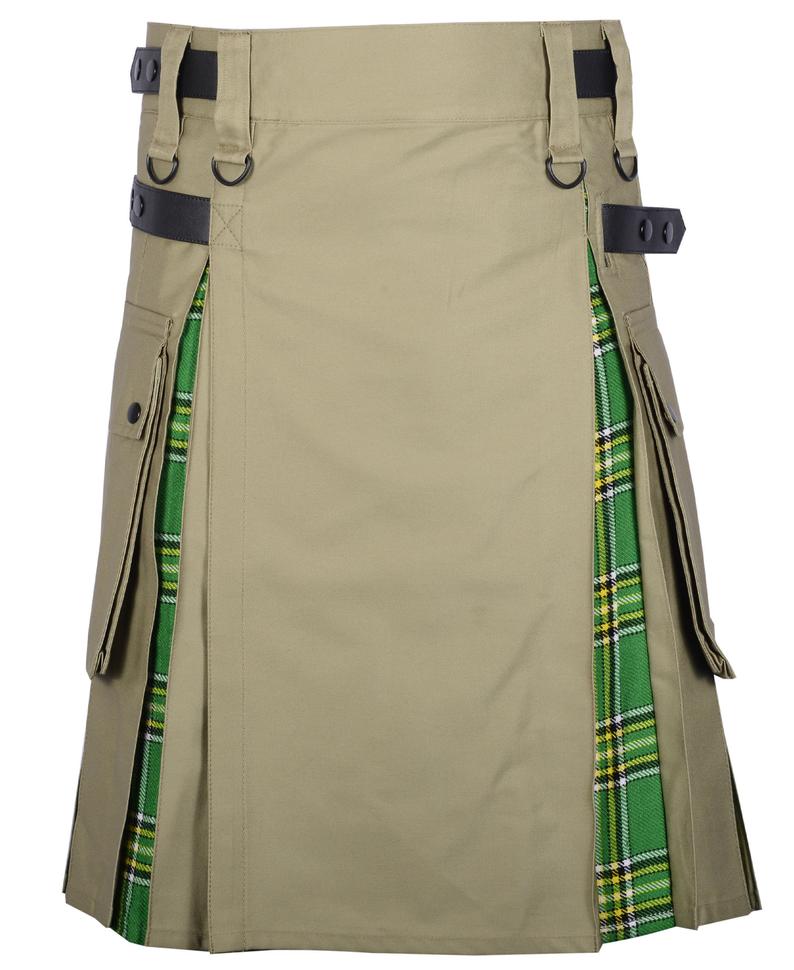Traditional Irish Kilts: Unveiling the Elegance of Heritage
Posted by FAGENT ABRONT

Irish traditional kilts, renowned for their elegance and cultural significance, are more than just attire; they symbolize Gaelic heritage and pride. This article explores the history, craftsmanship, and enduring appeal of traditional Irish kilts, revealing why they remain a beloved symbol of Irish identity.
The roots of the Irish kilt
Originally a léine, or long tunic, the garment evolved over centuries, influenced by neighboring Celtic traditions, particularly from Scotland.
Traditional Irish Kilts
Traditional Irish kilts have undergone significant transformations. Originally simpler and more functional, they have evolved into symbols of cultural pride, featuring intricate designs and rich colors.
Cultural and Symbolic Significance
Irish kilts are not just garments but potent symbols of Irish nationalism and cultural identity. They have been worn during critical historical moments, symbolizing resistance, unity, and pride.
Celebrations and Ceremonies
These kilts play a central role in Irish celebrations, from weddings to cultural festivals. They are a way for individuals to connect with their heritage and display their familial or regional pride.
The Evolution of Irish Kilts
Tracing the evolution of Irish kilts reveals a rich cultural tapestry. These garments symbolize Ireland's history and identity, from the Gaelic léine to the distinct, solid-colored kilts of today. Irish kilts, evolving uniquely from Scottish influences, now stand as proud emblems of Irish heritage worldwide.
Influences and Changes
Irish kilts have been influenced by various historical and cultural changes, including the Celtic Revival movement, which reignited interest in Gaelic traditions and led to the resurgence of the kilt as a symbol of Irish heritage.
Modern Adaptations
Today, while preserving traditional elements, kilts have adapted to contemporary fashion. New materials and designs cater to a range of preferences, from ceremonial grandeur to casual elegance.
Choosing the Perfect Irish Kilt
Selecting the perfect Irish kilt involves understanding its heritage and symbolism. Choose authentic, quality kilts that reflect your connection to Irish culture and suit your style for any occasion.


Style and Occasion
When selecting a traditional Irish kilt, the occasion and personal style play crucial roles. From formal events to casual gatherings, the kilt offers versatility and a strong cultural statement.
Authenticity and Quality
It's important to ensure the kilt's authenticity and quality. Choosing a reputable maker or supplier guarantees a garment that honors the rich tradition it represents.
Conclusion
Traditional Irish kilts are more than just clothing; they are a vibrant expression of Irish culture and history. Their journey from ancient Gaelic tunics to modern fashion statements exemplifies Irish heritage's resilience and evolving nature. As a symbol of identity and pride, Irish kilts continue to capture the imagination and respect of people around the world, weaving a story that is both deeply personal and universally appealing.
